TheStare by © wildernessprints.com

TheStare by © wildernessprints.com
Wild adult lynx in Banff National Park
More Posts from Llamaslikesciencetoo and Others

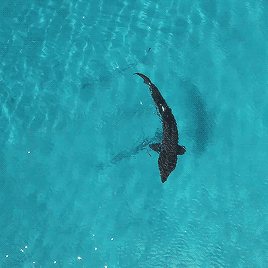
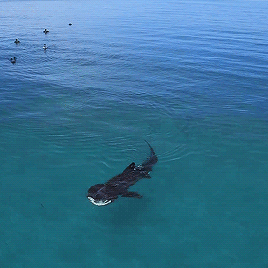
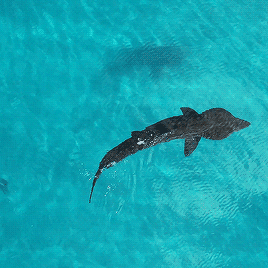

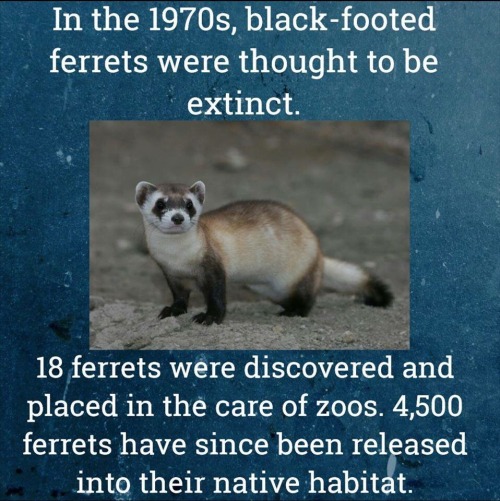
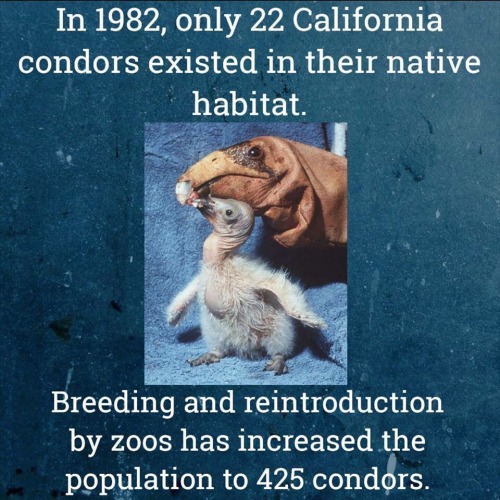


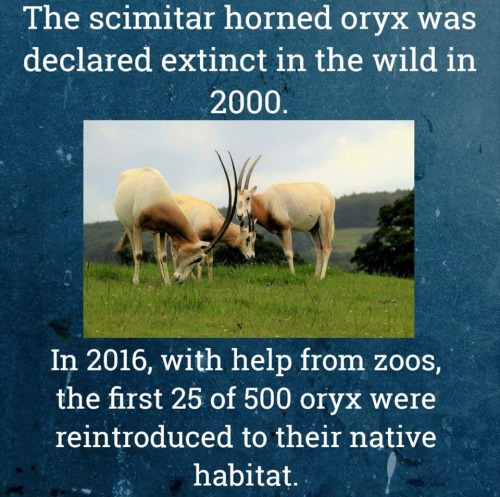
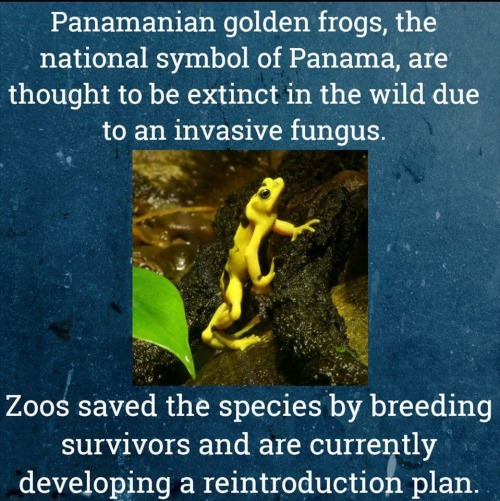
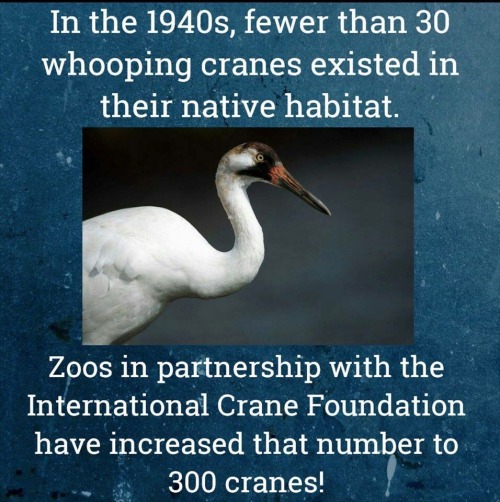

Zoos prevent extinction. This is why I support zoos. This is why the world should support zoos.
Meme credit goes to the zookeepers at www.facebook.com/ZoosSavingSpecies @zoossavingspecies

Updated visalization of every Vaquita left on Earth
There are supposed to be 5000 of them. Now there are 30.
What has been done so far has not worked, including the ban on gill nets, and the capture effort that is coming will probably be far too late.
This is humanity’s fault.
China for pushing the market for totoaba swim bladders, Mexico for allowing it until this point, and the rest of us for not stepping up until they are at death’s door.
This species will most likely be gone in one or two years, and it will be the second cetacean species to die out in a little over ten years, the second in the entire 200 000 year history of the human species.

by TINA HESMAN SAEY
SAN DIEGO — Cell biologists are taking clues from marching ants, flocking birds and other animals to learn how groups of cells move through the body.
Such studies are yielding insights about cell movement during development as well as the spread of cancer. Learning about cells’ social interactions may give researchers new ways to peer pressure cells into good behavior.
Cell biologists have traditionally studied individual cells or how groups of physically connected cells move. It’s only in the past few years that researchers have begun to regard cells as individuals with collective behavior. Taking cues from the linked movements of animals helps researchers “understand how cells, which everybody assumed had minds of their own, could possibly move as a group,” says Brian Stramer, a cell biologist at King’s College London.
Developmental biologist Roberto Mayor and colleagues have collected evidence that the migration of some important developmental cells is akin to the movement of swarming locusts. Mayor, of University College London, described the mass migration of neural crest cells December 13 at the annual meeting of the American Society for Cell Biology.
Neural crest cells are developmentally flexible cells in embryos that help form the bones and cartilage of the face, some nerves and brain cells, smooth muscle and other tissues. Some scientists have proposed that changes in early movements of these cells may lead to juvenile physical features in domesticated animals (SN: 8/23/14, p. 7).
Like locusts that cringe away from nipping neighbors, neural crest cells repel each other thanks to a process known as “contact inhibition of locomotion,” Mayor and colleagues found. Avoidance can increase the ability of cells to move in groups; cells that move astray and bump into a neighbor change course and move in the right direction again. A large crowd governed only by avoidance tactics, though, tends to break into smaller cliques, the researchers discovered in computer simulations. Cells are not just repelled by each other; they are also often attracted to other cells. That attraction causes cells to play follow-the-leader. On its own, attraction produces a group of cells that don’t get very far, computer simulations showed. A balance between avoidance and attraction produces the most efficient mass migrations, the simulations suggest.
(excerpt - click the link for the complete article)
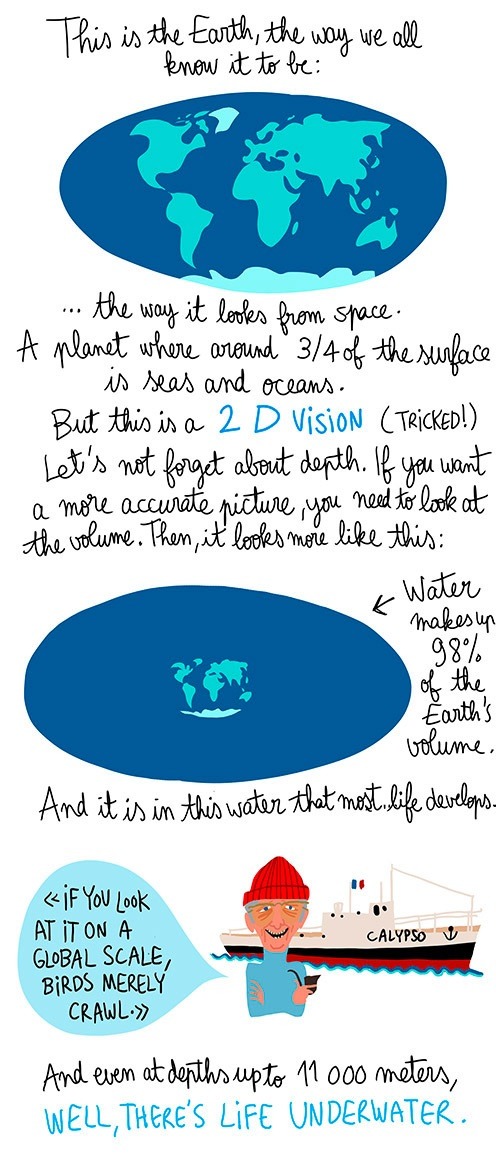








DEEP-SEA BOTTOM TRAWLING IS KILLING OUR OCEANS
Originally posted at Penelope Bagieu’s blog

Mysterious Deep-Sea Animal Rediscovered after 116 Years
http://www.sci-news.com/biology/bathochordaeus-charon-04426.html
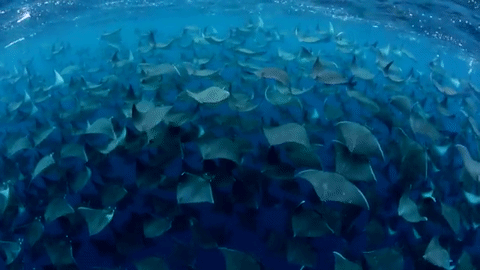
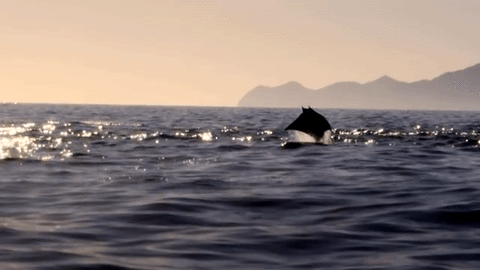
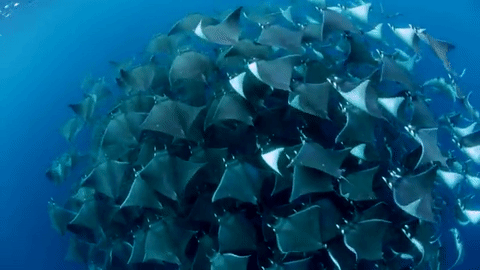

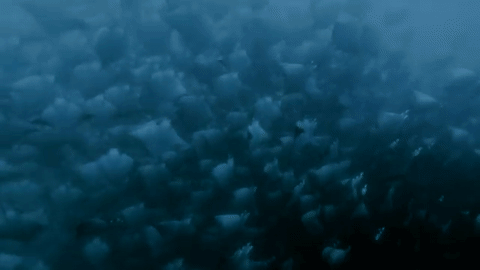
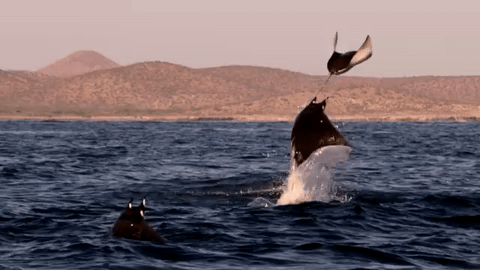
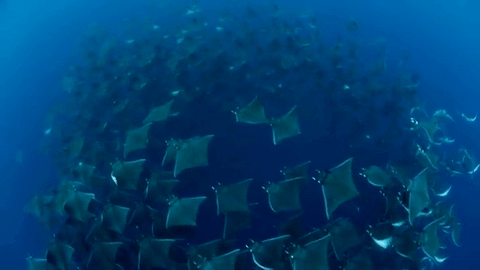
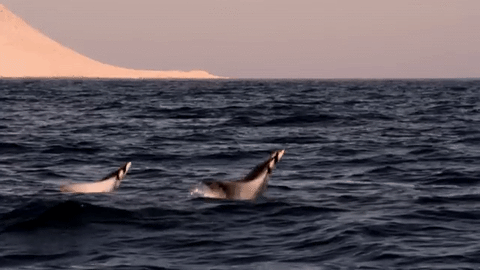
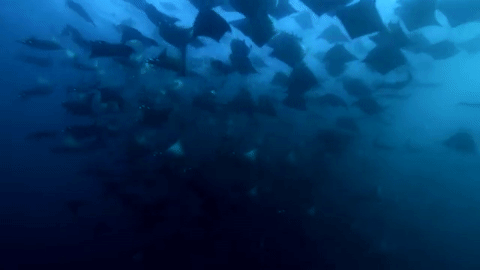
closely related to sharks but with long, flat bodies and wing-like pectoral fins, mobula rays are ideally suited to swooping through the water - here off the gulf of california - yet seem equally at home in the air, so much so that they have earned the name “flying rays”. mobula rays can reach heights of more than two metres, remaining airborne for several seconds.
mobula rays are quite elusive and difficult to study, so biologists are not quite sure why they jump out of the water. theories vary from a means of communication, to a mating ritual (though both males and females jump), or as a way to shed themselves of parasites. they could also be jumping as a way of better corralling their pray, as seen with them swimming in a circular formation.
what is known about mobula rays is that they reach sexual maturity late and their investment in their offspring is more akin to mammals than other fishes, usually producing just a single pup after long pregnancies, all of which makes them extremely vulnerable to commercial fishing, especially as a species that likes to come together in large groups.

laser-free diet.










The naturalists’ miscellany : or Coloured figures of natural objects; drawn and described immediately from nature.
By Shaw, George, 1751-1813
Nodder, Elizabeth
Nodder, Frederick Polydore,
Publication info London :Printed for Nodder & co,1789.
Contributing Library: Museum Victoria
BioDiv Library
-
 5517 liked this · 2 years ago
5517 liked this · 2 years ago -
 bertina liked this · 2 years ago
bertina liked this · 2 years ago -
 catinatux liked this · 2 years ago
catinatux liked this · 2 years ago -
 gabrielasherbenaum reblogged this · 2 years ago
gabrielasherbenaum reblogged this · 2 years ago -
 gabrielasherbenaum liked this · 2 years ago
gabrielasherbenaum liked this · 2 years ago -
 lokijiro reblogged this · 2 years ago
lokijiro reblogged this · 2 years ago -
 lokijiro liked this · 2 years ago
lokijiro liked this · 2 years ago -
 cosmicjoke reblogged this · 2 years ago
cosmicjoke reblogged this · 2 years ago -
 cosmicjoke liked this · 2 years ago
cosmicjoke liked this · 2 years ago -
 the-walkman-diaries liked this · 2 years ago
the-walkman-diaries liked this · 2 years ago -
 steppenfox liked this · 2 years ago
steppenfox liked this · 2 years ago -
 pumpkin7854 liked this · 2 years ago
pumpkin7854 liked this · 2 years ago -
 hallertauer liked this · 2 years ago
hallertauer liked this · 2 years ago -
 lalulutres reblogged this · 2 years ago
lalulutres reblogged this · 2 years ago -
 lalulutres liked this · 2 years ago
lalulutres liked this · 2 years ago -
 puppynosed liked this · 2 years ago
puppynosed liked this · 2 years ago -
 jandara946 liked this · 2 years ago
jandara946 liked this · 2 years ago -
 depthsofasmile reblogged this · 3 years ago
depthsofasmile reblogged this · 3 years ago -
 its-hercollectionkoala liked this · 3 years ago
its-hercollectionkoala liked this · 3 years ago -
 reblogsum-2 reblogged this · 3 years ago
reblogsum-2 reblogged this · 3 years ago -
 reblogsum-2 liked this · 3 years ago
reblogsum-2 liked this · 3 years ago -
 ermintrud reblogged this · 5 years ago
ermintrud reblogged this · 5 years ago -
 ermintrud liked this · 5 years ago
ermintrud liked this · 5 years ago -
 lydilouikats liked this · 5 years ago
lydilouikats liked this · 5 years ago -
 braless-freak reblogged this · 6 years ago
braless-freak reblogged this · 6 years ago -
 beluvzz250 liked this · 6 years ago
beluvzz250 liked this · 6 years ago -
 guidedbythelonelystar reblogged this · 6 years ago
guidedbythelonelystar reblogged this · 6 years ago -
 il-mare-calmo-della-sera liked this · 6 years ago
il-mare-calmo-della-sera liked this · 6 years ago -
 zecke1 liked this · 6 years ago
zecke1 liked this · 6 years ago -
 eastern-lycanthrope liked this · 6 years ago
eastern-lycanthrope liked this · 6 years ago -
 akirawolfwarrior liked this · 6 years ago
akirawolfwarrior liked this · 6 years ago -
 auriaminpour reblogged this · 6 years ago
auriaminpour reblogged this · 6 years ago -
 auriaminpour liked this · 6 years ago
auriaminpour liked this · 6 years ago -
 iicraft505 reblogged this · 6 years ago
iicraft505 reblogged this · 6 years ago -
 iicraft505 liked this · 6 years ago
iicraft505 liked this · 6 years ago
Mainly interested in ecology, but also the entirety of science.
179 posts